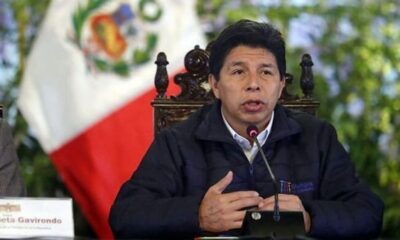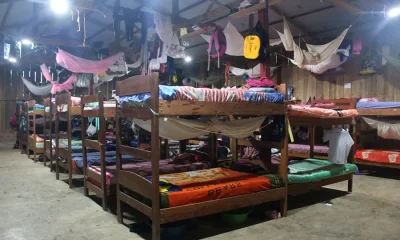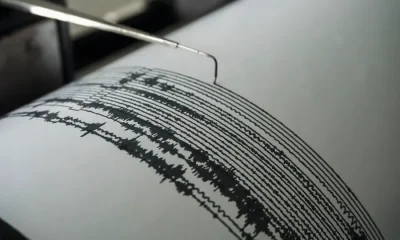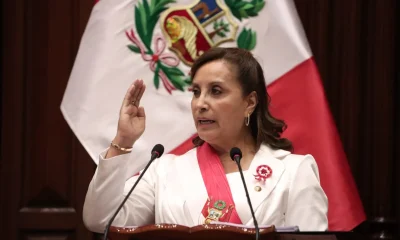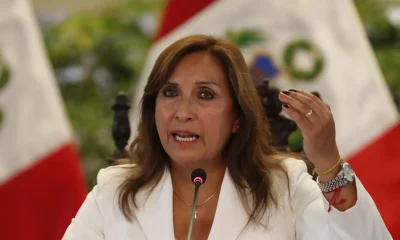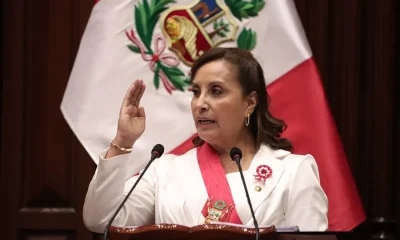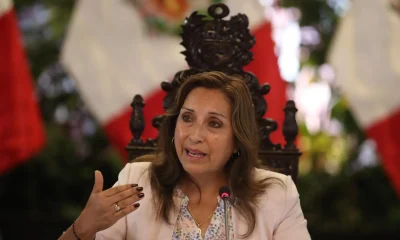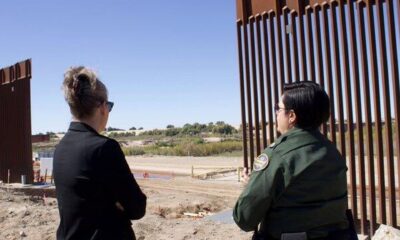International
Peru militarizes its borders in response to the arrival of migrants
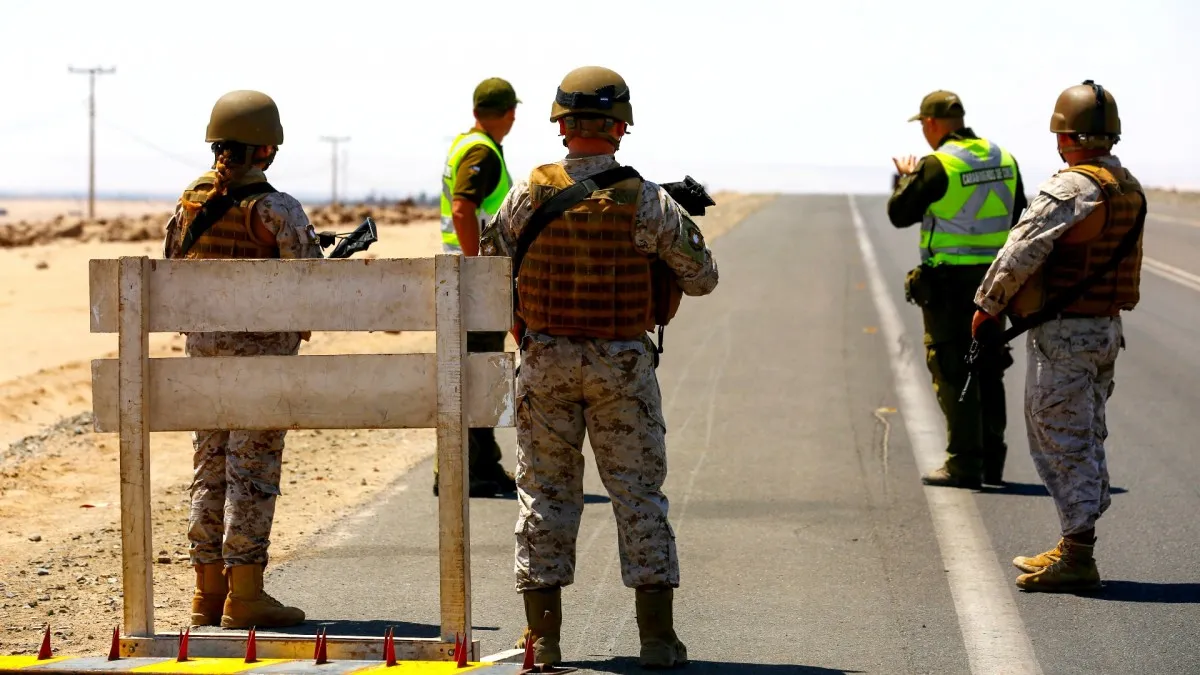
April 27 |
Peruvian President Dina Boluarte decreed on Wednesday a state of emergency on its borders and ordered the deployment of the military to reinforce controls in the face of the arrival of hundreds of migrants, mostly from Chile.
The troops will support surveillance at border crossings with Chile, Bolivia, Brazil, Ecuador and Colombia.
In principle, the state of emergency will be in force as of Thursday. However, the executive has not specified its duration nor whether rights will be restricted at the border crossings.
Relying on press reports stating that “those who commit daily assaults, robberies and other criminal acts are foreigners”, Boluarte claimed that his decision is aimed at combating insecurity.
“That is why we have to speak almost in unison of migration and citizen insecurity”, he said.
In this sense, his Minister of Defense, Jorge Chavez, said that the state of emergency has the “purpose” of avoiding “the irregular and illegal entry” of people.
Under the desert sun and cold, hundreds of migrants who left Chile have been crowded for weeks at the border crossing between the Peruvian city of Tacna and the Chilean city of Arica, where the Peruvian authorities are preventing them from passing for lack of a stamped passport and valid visa.
Women, men and children are trapped between Chilean and Peruvian police officers guarding the border crossing, 1,500 km south of Lima.
The Peruvian government cut them off and sent 200 troops to reinforce migration controls, which had already been tightened by Chile.
According to the UN refugee agency (UNHCR), the majority are Haitians and Venezuelans. The migrants claim that they only intend to cross Peruvian territory to their countries of origin or to the United States, in order to reunite with their families.
“We are between a rock and a hard place, we are doing this because we have our needs, but waiting here for a week, two weeks (…) nobody would want to do that”, said Venezuelan Yosier Canelón to AFP.
UNHCR issued a statement on Wednesday night where it advocated for a humanitarian solution to the situation of migrants on the border with Chile because while “it is the legitimate duty of States to control their borders; it is also important to have regular channels for people in need of international protection, family reunification and other humanitarian issues to access the territory through checkpoints”.
The UN agency welcomed some of the measures announced by Lima, including an “amnesty of fines that will allow 100,000 refugees and migrants in the country to regularize and update their data.”
“Regularization is a lifesaver: regular status is a door to local integration”, he added.
Between Tacna and Arica there has been a daily average of 150 to 200 people.
“They are changing flows, there has been a peak of about 400 people, of different nationalities,” Federico Agusti, UNHCR’s representative in Peru, told AFP on Friday.
Migrants rejected by Peru have improvised camps at an intermediate point, in a sort of geographical limbo between the two countries, and others have returned to Arica.
With the measures announced by Lima “it is going to be more difficult for people to pass (to Peru), and we are going to have a situation of encampment at the border, which is what we have been warning about”, assured Gerardo Espíndola, mayor of Arica, to Biobío radio.
In addition to the state of emergency, Boluarte also announced that those who have entered Peru irregularly in recent years “will have a period of six months to go to the Peruvian authorities to regularize their situation”.
It is estimated that the Venezuelan population in Peru, which represents almost 9 out of 10 foreigners, is close to 1.3 million people, of which one third do not have a migratory permit to stay in the country, according to the National Institute of Statistics (INEI).
International
Argentina detects first local cases of Influenza A (H3N2) Subclade K

Argentina’s National Administration of Laboratories and Health Institutes (ANLIS) “Dr. Carlos G. Malbrán” has confirmed the detection of three cases of influenza A (H3N2) corresponding to subclade K in the country. These are the first locally recorded cases of this variant, which has become predominant in several countries in the Northern Hemisphere in recent months and is associated with higher transmissibility.
The cases were identified through the National Network of Laboratories and Sentinel Units and confirmed by the National Reference Laboratory of INEI-ANLIS using genomic sequencing techniques. According to health authorities, the cases involve two adolescents from the province of Santa Cruz, detected as part of the Ambulatory Monitoring Strategy for Acute Respiratory Infections, and a child who had been hospitalized in the Autonomous City of Buenos Aires.
In all three cases, patients experienced mild illness and recovered without complications. Officials did not specify whether any of the affected individuals had a recent travel history.
The jurisdictions involved have already launched the corresponding epidemiological investigations and are responsible for ensuring timely medical care for the detected cases. According to the latest integrated surveillance report, the circulation of influenza and other respiratory viruses in Argentina remains within expected levels for this time of year.
International
Pentagon confirms Trump pick for SouthCom as U.S. military pressure grows
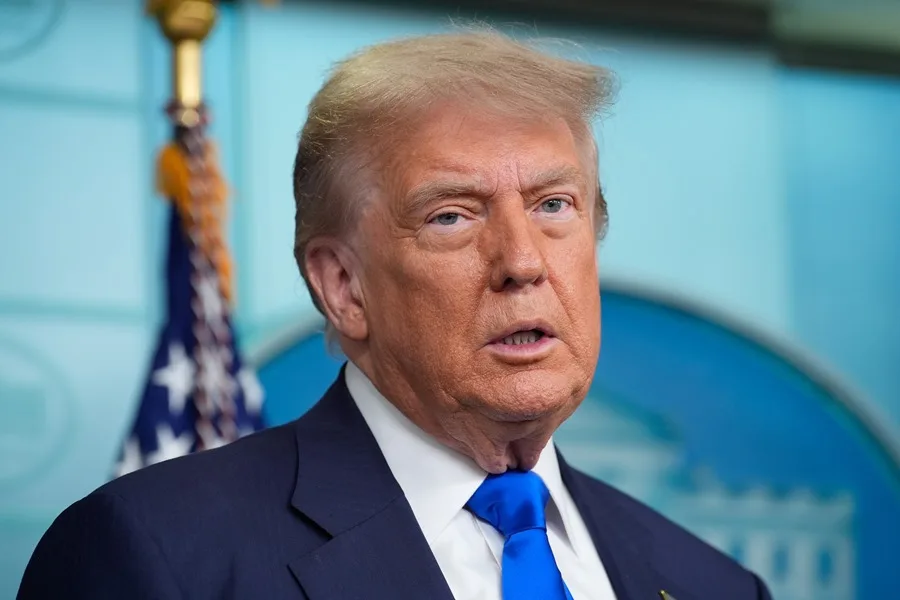
Former U.S. President Donald Trump has nominated a Marine Corps lieutenant general to lead U.S. Southern Command (SouthCom), the Pentagon announced on Friday, as Trump said he does not rule out the possibility of a war with Venezuela.
If confirmed by the U.S. Senate, Marine Corps Lieutenant General Francis L. Donovan would replace an admiral who, according to media reports, criticized recent attacks on vessels allegedly linked to drug trafficking off the Venezuelan coast.
Washington has deployed a significant military presence in both the Caribbean and the Pacific, where it has carried out airstrikes against boats it claims were used by suspected drug traffickers. According to an AFP tally based on official information, the attacks have left more than 100 people dead.
The Venezuelan government has denounced what it describes as a plot to overthrow President Nicolás Maduro and seize the country’s oil resources.
In a statement published Friday on the Pentagon’s website, U.S. Secretary of Defense Pete Hegseth announced that Trump had nominated Lieutenant General Donovan to serve as commander of U.S. Southern Command.
SouthCom is responsible for U.S. military operations in Central and South America, as well as parts of the Caribbean.
According to the Department of Defense, Donovan currently serves as deputy commander of U.S. Special Operations Command. His appointment is subject to Senate confirmation.
International
Trump moves to reclassify marijuana as less dangerous substance

Former U.S. President Donald Trump signed an executive order on Thursday to reclassify marijuana as a less dangerous addictive substance, a move aimed at encouraging medical research without immediately opening the door to federal-level decriminalization.
Trump said that “people were begging” him to make the decision, particularly individuals suffering from chronic pain. He stressed, however, that the measure “is not at all a decriminalization” of marijuana for non-medical use.
“I’ve always told my children: don’t use drugs, don’t drink, don’t smoke,” Trump added. He is a well-known teetotaler.
A senior government official described the decision as “common sense” during a briefing with reporters, noting that marijuana and CBD-based products — a compound derived from cannabis known for its relaxing properties — are already widely used in the United States by patients dealing with chronic pain.
Most U.S. states currently allow the use of cannabis for medical purposes, and more than 20 states, along with the nation’s capital, Washington, D.C., have also legalized recreational use.
-
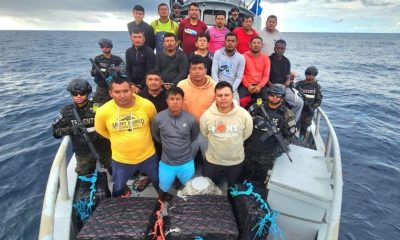
 Central America4 days ago
Central America4 days agoEl Salvador ranks among top countries in the Americas in fight against organized crime
-
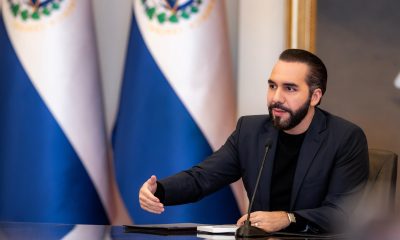
 Central America4 days ago
Central America4 days agoBukele says AI partnership with xAI will transform public education in El Salvador
-

 Central America3 days ago
Central America3 days agoArrests and clashes in Tegucigalpa as vote count continues after Honduras election
-
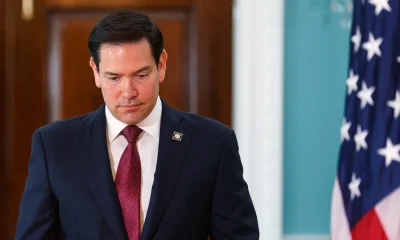
 International3 days ago
International3 days agoRubio rules out 2028 presidential bid if Vance runs
-

 International1 day ago
International1 day agoShakira’s El Salvador concerts sell out in hours, fans demand more dates
-

 International1 day ago
International1 day agoTrump moves to reclassify marijuana as less dangerous substance
-

 International3 days ago
International3 days agoAuthorities search for armed and dangerous suspect in fatal Brown University attack
-

 International8 hours ago
International8 hours agoArgentina detects first local cases of Influenza A (H3N2) Subclade K
-

 International8 hours ago
International8 hours agoPentagon confirms Trump pick for SouthCom as U.S. military pressure grows



























